The silent passage of a snake across the earth leaves behind subtle yet revealing signatures. Reading snake tracks is both an ancient skill practiced by indigenous trackers and a modern science used by herpetologists and wildlife enthusiasts. Unlike mammals with their distinctive footprints, snakes create sinuous patterns that tell stories of their movements, behaviors, and even species identity. Learning to interpret these cryptic trails opens a window into the secretive world of these remarkable reptiles, allowing us to understand their presence and activities without ever seeing the animals themselves. Whether you’re a nature enthusiast, a wildlife photographer, or simply curious about the natural world around you, developing the ability to read snake tracks can enhance your outdoor experiences and connection with nature.
Understanding Snake Locomotion Patterns
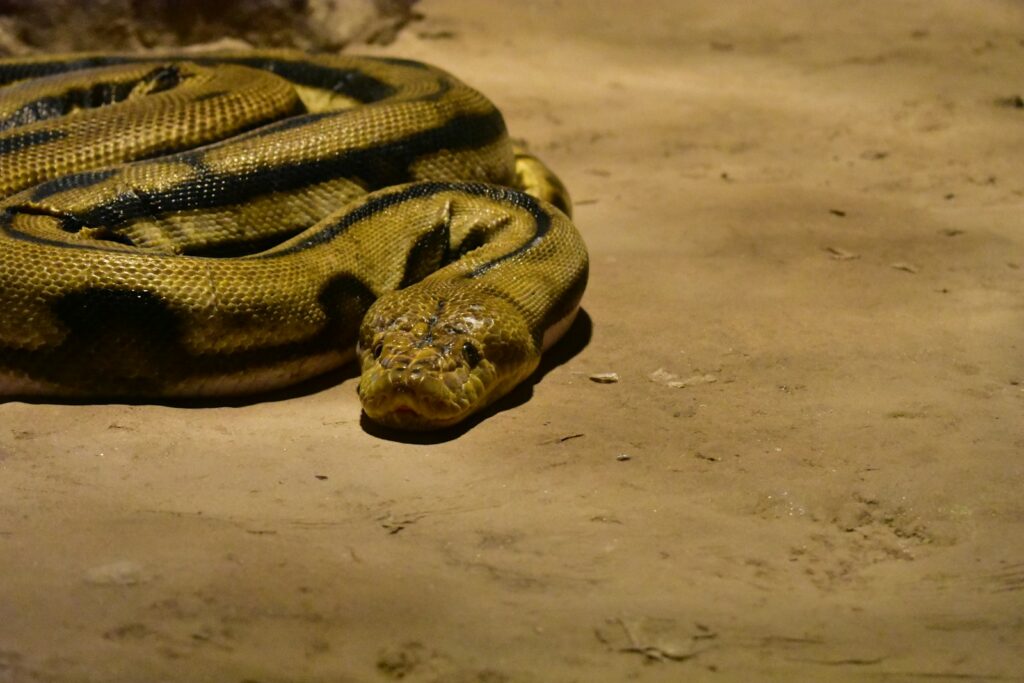
Snakes employ several distinct movement patterns that create recognizable track signatures in suitable substrates. The most common pattern is lateral undulation, where the snake pushes against surface irregularities to propel itself forward in an S-shaped movement, leaving a distinctive wavy trail. Another pattern is rectilinear locomotion, used primarily by heavier-bodied species like pythons and boas, which creates a straight-line track with parallel marks from ventral scales. Sidewinding, a specialized movement used by desert species, produces J-shaped marks where the snake’s body briefly contacts the ground before lifting and moving forward. Concertina locomotion, used in tight spaces or on slippery surfaces, creates a compressed accordion-like pattern where the snake bunches and extends its body repeatedly.
Identifying the Right Surfaces for Track Reading

Not all surfaces capture snake tracks equally well, making substrate identification crucial for successful track reading. Fine, slightly damp sand provides one of the best mediums for clear snake tracks, as it holds the impression without collapsing too quickly. Dusty areas along trails or roads often preserve the subtle belly scale impressions that reveal a snake’s passing. Mud of the proper consistency—neither too wet nor too dry—can capture remarkably detailed impressions of ventral scales. Snow, while seasonal in many regions, can provide extraordinarily clear snake tracks, especially when the top layer has slightly melted and refrozen. The most prolific trackers learn to spot potential tracking surfaces from a distance, noticing the play of light across a substrate that indicates the right texture for track preservation.
Recognizing the Basic Snake Track Pattern
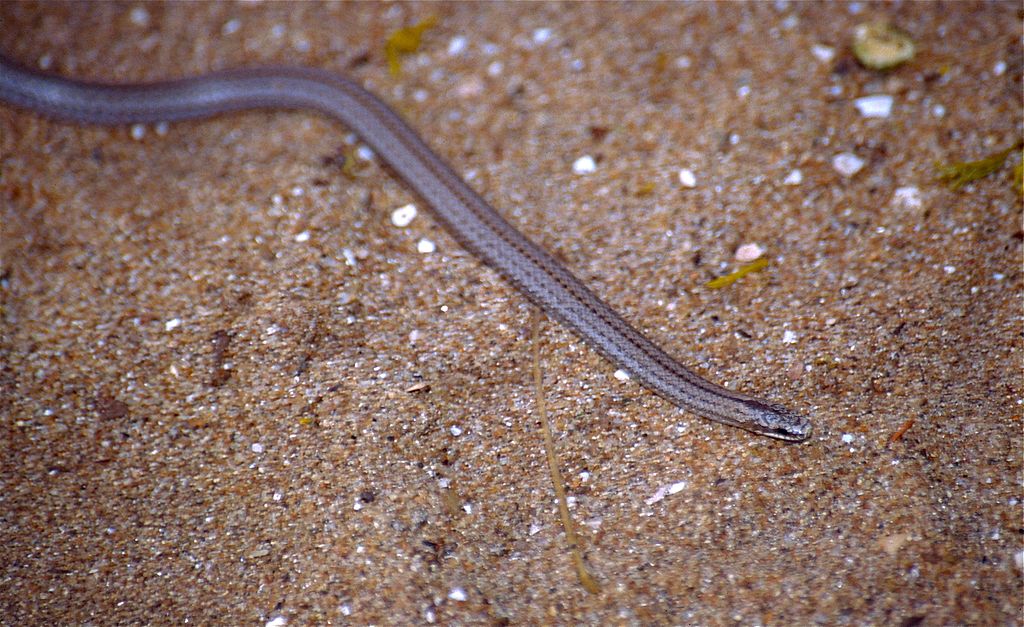
The fundamental snake track presents as a continuous, undulating line with a width corresponding to the snake’s body diameter. When examining a basic snake track, you’ll notice a central groove where the snake’s weight pressed most heavily into the substrate. On either side of this central depression, you may observe subtle ridges formed as the snake’s body displaced material laterally during movement. Quality tracks will show fine striations running perpendicular to the direction of travel, created by the leading edges of the snake’s ventral scales as they grip the surface. The track’s depth often varies along its length, typically deeper at the curves of the S-pattern where the snake exerted more pressure to propel itself forward.
Distinguishing Snake Tracks from Other Wildlife

Snake tracks can sometimes be confused with trails left by other creatures, but several distinctive features help differentiate them. Unlike lizard tracks, which show small footprints alongside a tail drag, snake tracks never show any limb impressions. Snake tracks differ from worm trails by their larger size and the presence of scale impressions rather than the smooth, mucus-lined trails of earthworms. A snake track can be distinguished from a stick drag mark by its consistent width and the regular pattern of scale impressions. The regularity and symmetry of snake tracks also separate them from random water flow patterns that might create similar grooves after rain.
Determining Snake Size from Track Dimensions

The width of a snake track provides a reliable indicator of the snake’s approximate girth, which can help estimate its overall size. Measure the widest part of the track impression, typically found at the curves of the undulating pattern, to determine body diameter. The snake’s length can be roughly estimated using the rule of thumb that most snake species have a length-to-width ratio between 10:1 and 15:1, depending on the species. More precise calculations can be made by tracking the snake over a greater distance and observing how it navigates obstacles, as larger snakes leave longer straight sections when moving around barriers. The depth of the impression also offers clues, as heavier snakes typically leave deeper tracks than lighter individuals of similar width.
Identifying Snake Species Through Track Characteristics
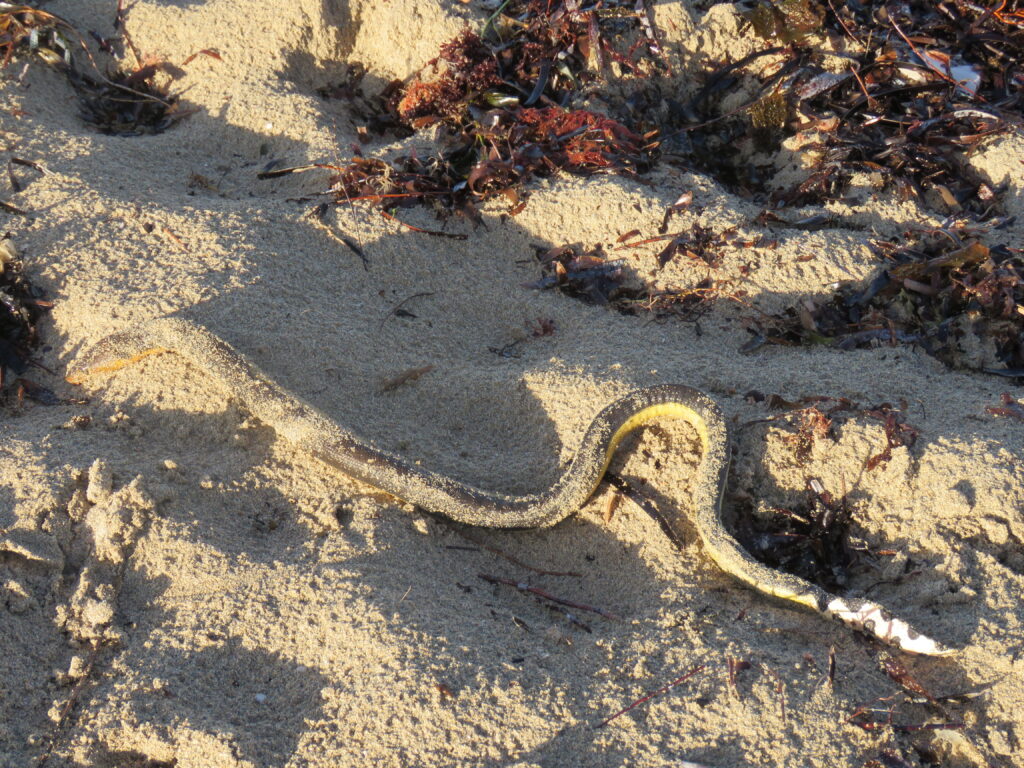
Different snake species leave subtly distinct track patterns that reflect their physical adaptations and movement styles. Rattlesnakes and other pit vipers often leave wider, more pronounced tracks with deeper impressions due to their heavier bodies and sometimes exhibit distinctive stopping patterns where they briefly coil. Racers and whipsnakes typically create tracks with wider, more sweeping S-curves reflecting their fast, energetic movement style. Burrowing species like hognose snakes may leave tracks that periodically disappear as the animal moves between surface travel and shallow subsurface movement. The scale pattern impressions, particularly visible in fine substrates, can help identify species—for example, the large ventral scales of rat snakes create different impressions than the smaller scales of garter snakes.
Reading Snake Behavior from Track Patterns
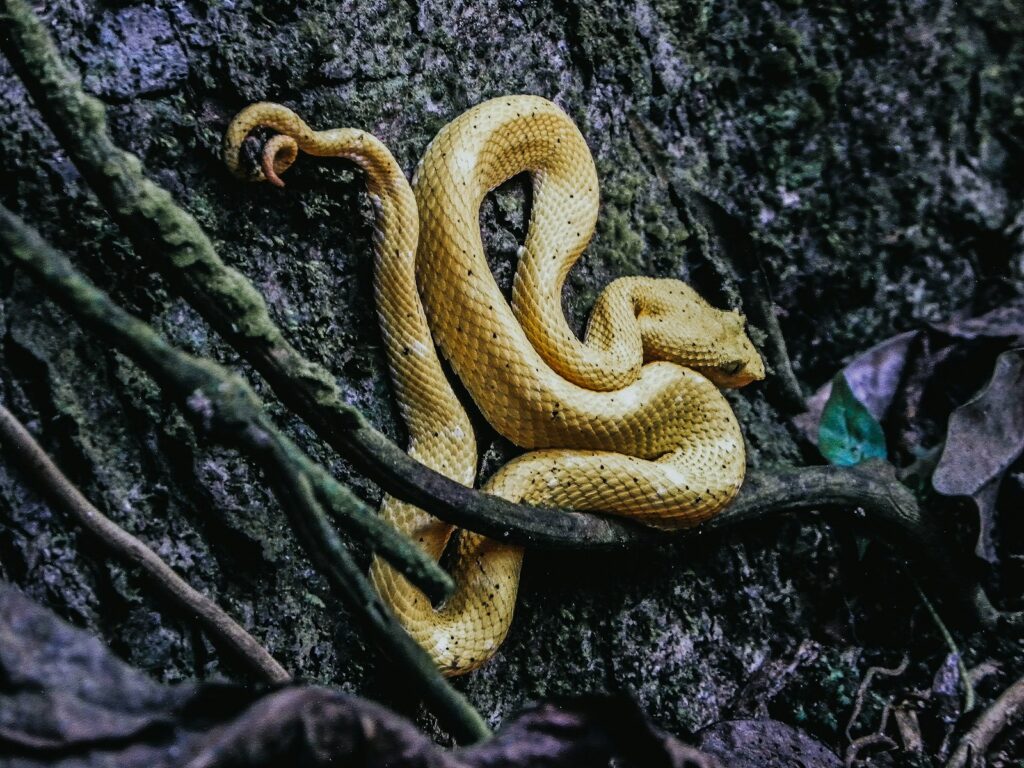
Track patterns reveal much about a snake’s behavior and activities at the time it passed through an area. Hunting behavior often shows as meandering paths with frequent direction changes and occasional tight circles where the snake investigates potential prey scents. Tracks leading directly to small mammal burrows, followed by a period of no tracks and then re-emergence, suggest predatory investigation or possibly successful hunting. Thermoregulation behavior appears as tracks leading to exposed, sunny locations where the impressions widen slightly as the snake flattens its body to absorb heat. Defensive behavior might be indicated by tracks showing rapid, erratic movement patterns or sections where the track temporarily widens significantly, suggesting the snake adopted a threat posture.
Determining Direction of Travel
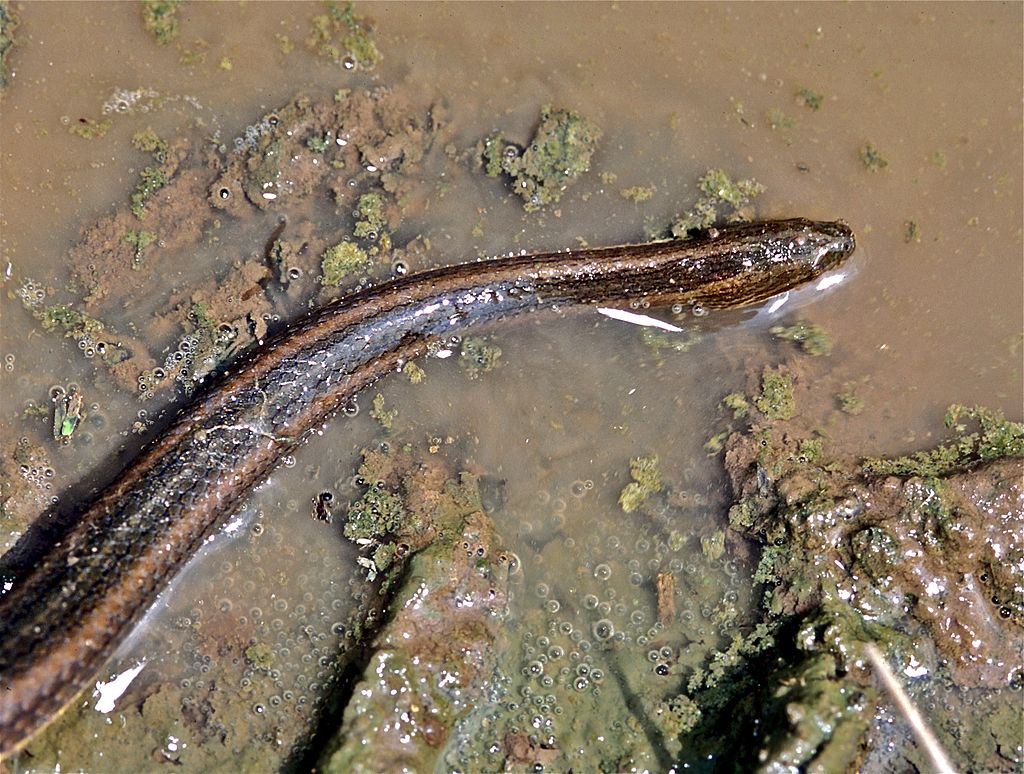
Establishing which way a snake was moving helps reconstruct its journey and can be crucial when tracking potentially dangerous species. In lateral undulation tracks, the snake generally travels in the direction where the curves become wider and more sweeping. Close examination of scale impressions can reveal their orientation, with the leading edges of scales pointing away from the direction of travel. When a snake crosses over loose material like leaves or twigs, these obstacles are often pushed slightly in the direction opposite to travel. In sand or soft soil, the ridges created at the edges of the track often have a more prominent buildup on the side opposite the direction of movement, as the snake’s body pushes material forward.
Aging Snake Tracks by Weather Effects

Determining when a snake passed through an area involves assessing how weather and time have affected the track’s appearance. Fresh tracks have crisp, well-defined edges and clear scale impressions that become progressively eroded with time. Wind action rounds the edges of tracks, with even light breezes beginning to degrade fine details within hours in sandy substrates. Rain impacts are particularly telling—tracks that formed after the most recent rainfall are fresher than those showing water damage. Temperature fluctuations also provide clues, as the freezing and thawing cycle in cold weather rapidly degrades track definition. In hot conditions, tracks in direct sunlight deteriorate faster than those in shaded areas, allowing comparative aging when multiple tracks are found.
Following Snake Tracks Effectively
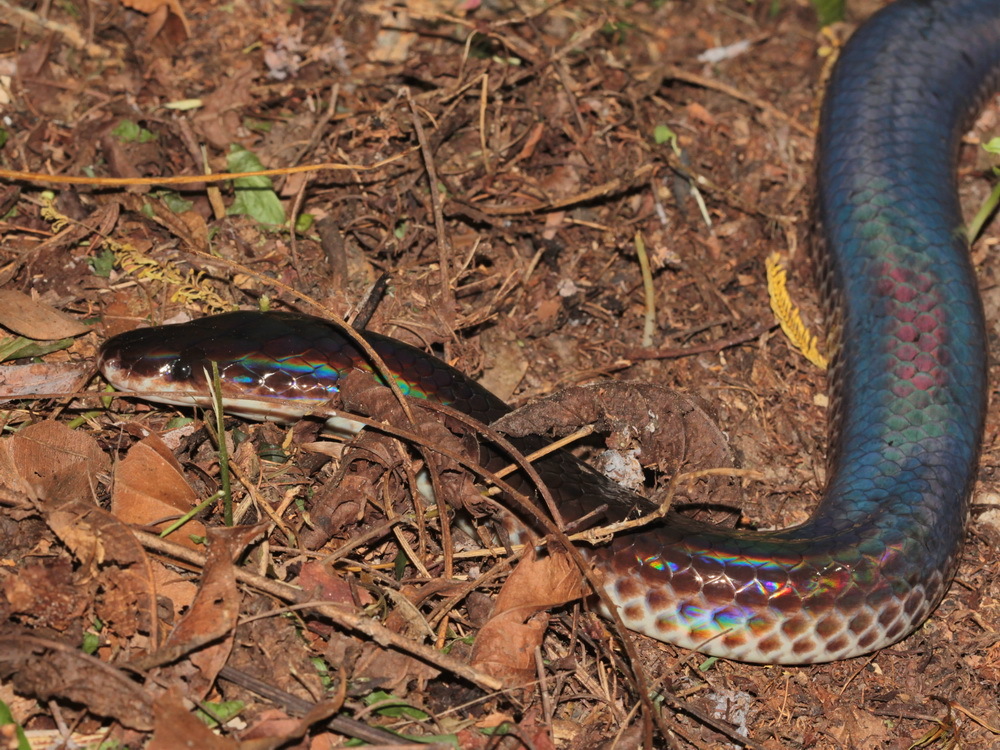
Tracking a snake successfully requires both technique and patience to maintain the trail across varying surfaces. When following tracks, position yourself so that sunlight creates shadows in the impressions, making them more visible—early morning or late afternoon lighting typically works best. Move slowly and scan ahead in a widening arc when tracks become faint or disappear on hard substrates, looking for their resumption in the next patch of suitable tracking medium. Carry a small tracking kit including a measuring tape, a camera for documentation, and a small mister bottle to slightly dampen very dry soil, which can make faint impressions more visible. Remember to periodically step well away from the track line to avoid contaminating the trail with your footprints, which makes reading the original track more difficult.
Using Track Reading for Snake Research
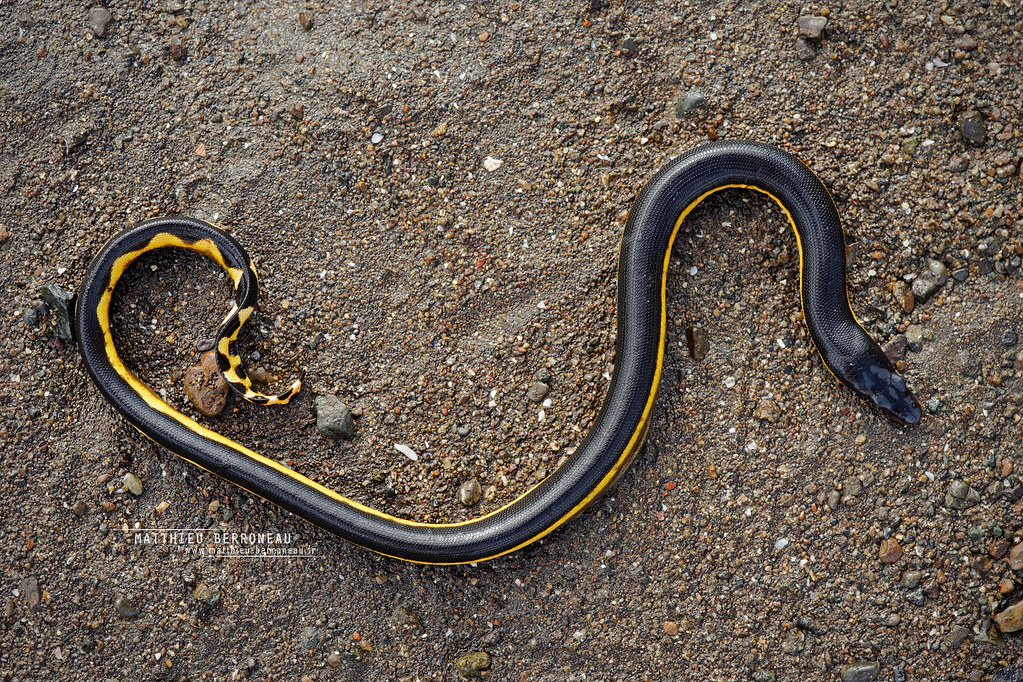
Track reading has become an increasingly valuable non-invasive technique for snake research and conservation efforts. Researchers use systematic track surveys to establish population density estimates in areas where capturing the animals would be impractical or potentially harmful. Conservation projects utilize track identification to monitor the movements of endangered snake species without the stress of capture and handling. Track patterns help identify critical habitat corridors used by snakes moving between fragmented wilderness areas, informing conservation planning and land management decisions. The growing field of citizen science has embraced tracking, with volunteers contributing valuable data about snake movements and populations through organized tracking projects using standardized photographic documentation methods.
Safety Considerations When Following Snake Tracks
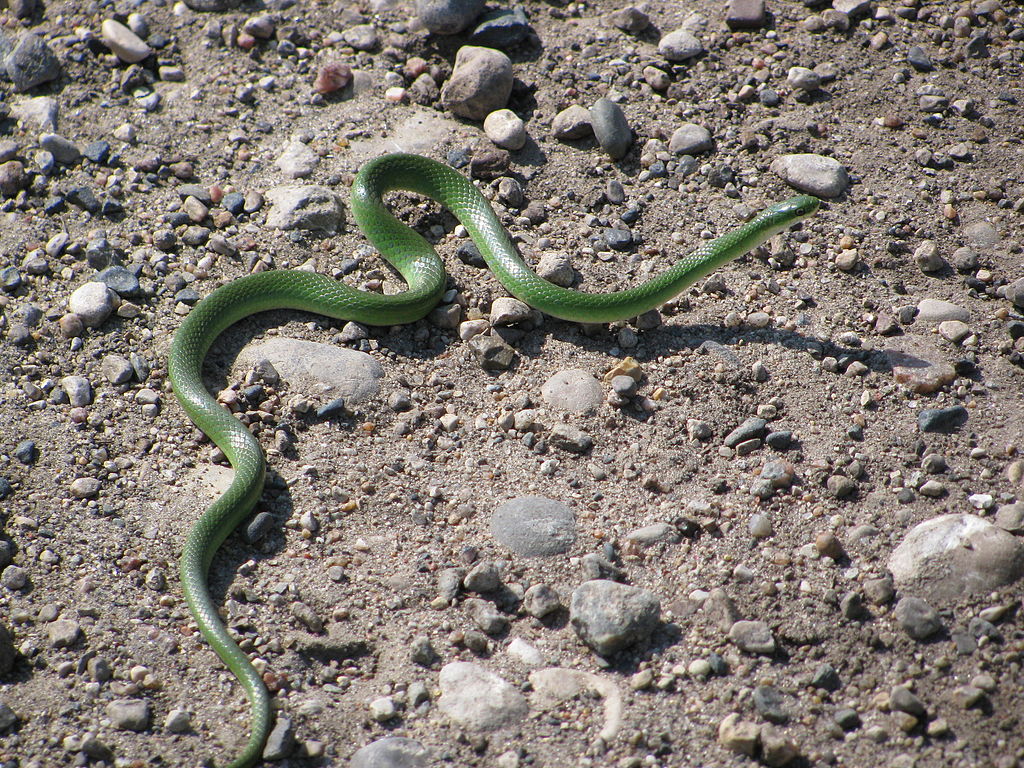
Following snake tracks, particularly those of venomous species, requires careful attention to safety protocols to prevent dangerous encounters. Always assume that fresh tracks could lead to the animal itself, and maintain a safe distance from areas where tracks disappear into potential hiding spots like rock crevices or dense vegetation. Wear appropriate protective clothing, including closed-toe shoes and long pants, even in hot weather when following tracks of potentially dangerous species. Carry a snake identification guide specific to your region to help identify which species made the tracks, allowing you to adjust your caution level accordingly. When tracking with others, designate one person as the primary tracker, focusing on the ground, while others scan the surrounding environment for the snake itself, as many encounters occur when people are focused downward on tracks.
Building Your Snake Tracking Skills
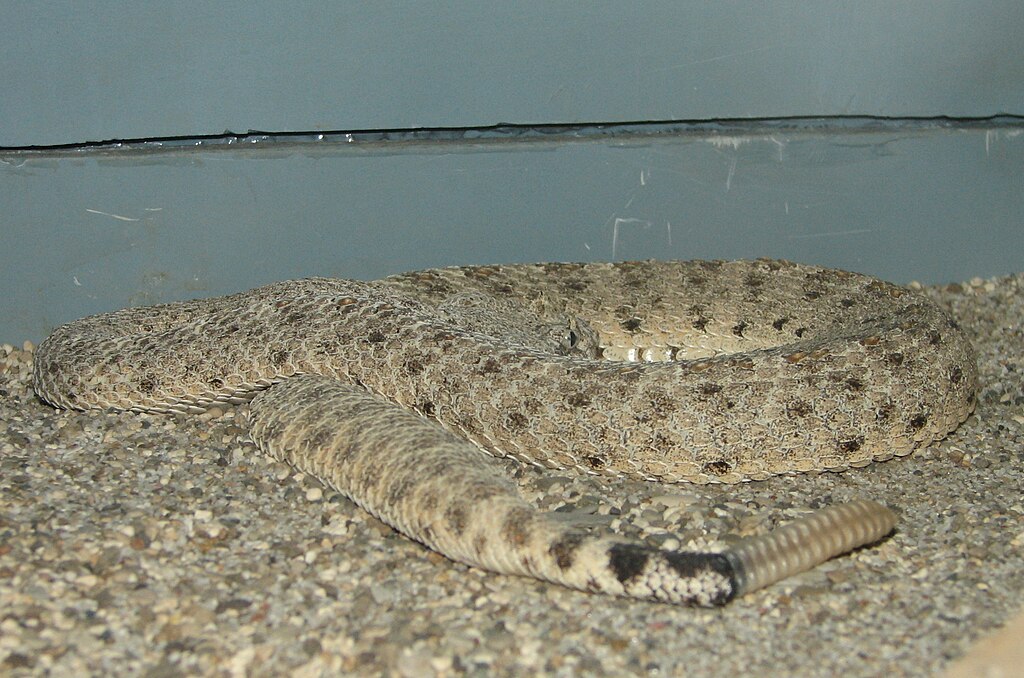
Developing proficiency in reading snake tracks requires dedicated practice and systematic skill-building approaches. Begin with a species-specific approach by learning to identify tracks of the most common snakes in your area before tackling rarer species. Create a personal track reference collection through photography, maintaining a digital catalog of tracks paired with confirmed species identifications when possible. Practice tracking in controlled circumstances by following captive snakes across prepared sand beds at nature centers or during guided tracking workshops offered by herpetological societies. Consider joining citizen science monitoring projects that use track identification, which provides valuable field experience under the guidance of experienced trackers. The most skilled trackers maintain regular practice throughout the year, even tracking in challenging conditions to refine their abilities to spot subtle signs.
The art of reading snake tracks connects us to an ancient human skill while providing modern insights into the secretive lives of these fascinating reptiles. By learning to interpret the subtle signs snakes leave behind, we gain a deeper understanding of their behaviors, movements, and ecological roles without disturbing the animals themselves. Whether your interest stems from scientific curiosity, wildlife photography, outdoor safety, or simply a desire to more fully experience the natural world, the ability to read snake tracks adds a new dimension to your outdoor observations. As you develop this skill, you’ll find yourself noticing signs of wildlife presence that previously went undetected, opening a window into the hidden world that exists all around us, even in the absence of the animals themselves.





